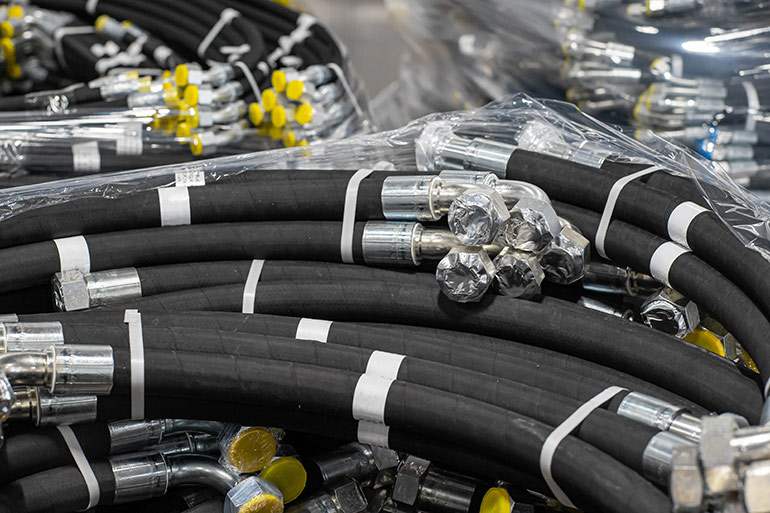By Josh Cosford, Contributing Editor
We tend to walk through life enjoying what seems to be infinite consumer and commercial goods without consideration for the vast technological achievements that led to their existence. Every new technology rides on the shoulders of a previous advancement in either materials, construction, technology, or process. Very little in our high-tech world is truly a groundbreaking, stand-alone achievement.
What’s even less considered, and even in our specialized hydraulic industry, is all the thought and energy given to specification standards. Just in fluid power alone, there are thousands of the brightest minds on committees at ISO, NFPA, SAE, ASME, DIN, CSA, and many others. Mainly acting behind the curtain, these associations have shaped everything we do in fluid power and with good cause. Imagine if all our hydraulic hoses, valves, pumps and cylinders had zero compatibility.
Additionally, we have the peace of mind installing and operating our hydraulic components because these associations have put their stamp on the various safety standards applied to each. By mandating a minimum level of performance and outlining the testing criteria, we can compare different offerings within one manufacturer’s catalog with those of competitors and do so with confidence.

Hydraulic hose specification standards provide us with such confidence, and you need to be aware of a couple of things. The most common in North America is the SAE J517, which provides general, dimensional and performance specifications for the most common hoses used in hydraulic systems on mobile and stationary equipment.
You’ll have seen the most common J517 standards, such as 100R1 and 100R2, which define one- and two-wire general-purpose hydraulic hoses so popular in North America. Although the exact materials and manufacturing technique leaves a small margin for creativity, the standard ensures the final product adheres to pressure ratings, bend radius and temperature range, to name a few.
In most cases, the maximum working pressure is based on some safety factors of what’s achieved through proof and burst pressure. Proof pressure is the minimum pressure before permanent fatigue occurs and is double the hose’s working pressure. Burst pressure is self-explanatory and is no less than four times working pressure. In reality, your hose will likely perform well beyond these ratings rather than walk a tightrope of failure.
There are currently 19 classification standards for J517, although some are discontinued, and the popularity of others outweighs the sales of more specialized designs. For example, 100R7 is a non-conductive design for use around utilities to reduce the likelihood of electrocution, while 100R17 is quickly taking over as the do-everything-well solution. 100R17 offers a wide range of sizes that meet 3,000 psi working pressure requirements regardless of hose diameter.
Rather than build standards around construction style, the ISO 18752 standards classify based on a hydraulic system’s required pressure and flow. After initial classification, hoses are further classified by their resistance to pressure spikes and refined by compactness, bend radius and temperature rating. For example, any given hose must meet the pressure requirements across the board regardless of diameter. A 2-in. hose must be rated for 3,000 psi just as confidently as a ¼ in. hose, and to do so, the construction doesn’t have to be precisely the same.
The SAE J517 has newer standards following this philosophy, and you’ll see that 100R13, 100R15, 100R17 and 100R19 all offer across-the-board pressure ratings. Ultimately, the customer wants performance and ease of selection, so choosing three different hoses to suit one machine can be confusing. Why use 100R1, 100R2 and 100R12 on a single machine to suit different hose sizes when one standard will do?
Filed Under: Components Oil Coolers, Engineering Basics, Hose & Tubing, Hose Assembly Tips, Technologies